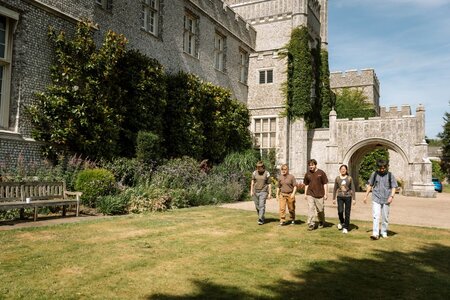Did you face any unexpected challenges during the construction of the clock? How did you overcome them?
Since each clock component was made separately, I encountered the challenge that the extra part of the clock added as a new feature did not match my original design due to the miscalculation of dimensions. It is important to discuss with tutors and consider different options for solving the problem. Sometimes, making a new part is necessary to aim for precision; otherwise, the clock would not run.
What were some of the key design elements you wanted to incorporate and why?
In my clock design, I incorporated four tulip pillars, which can be seen in the 17th-century clock from Joseph Knibb, a silvered skeletonised chapter ring, a sunburst pattern engraving, which is often found on early 17th-century European clocks, four sand-cast spandrels in brass, heart-shape hour and minute hands, which are often seen in the clocks of Benjamin Lewis Vulliamy from the 19th century, a heart-shape backcock, and a moon face disc. The design satisfies my desire to approach historical clockmaking techniques and appreciate the delicate works produced by old masters.









